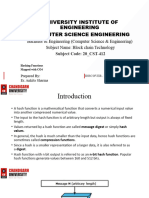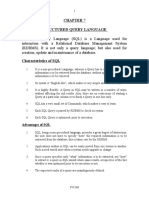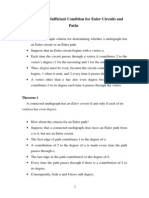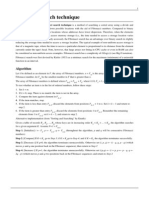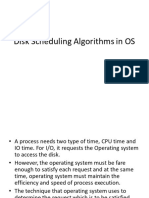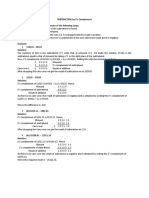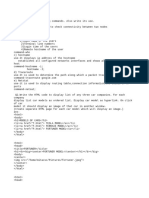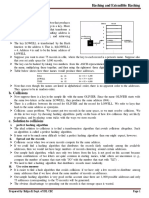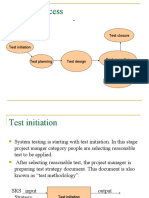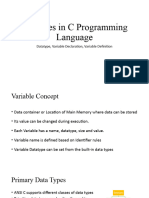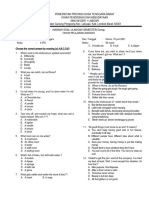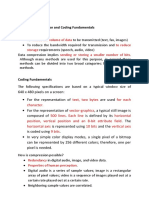0% found this document useful (0 votes)
1K views20 pages3 - Hashing Functions
1. The sum of the first n positive integers is O(n^2) as it is approximately equal to n^2/2.
2. The factorial function n! is O(n^e) as n! grows faster than any polynomial but slower than exponential functions.
3. The function f(n) = 3n log(n!) + (n^2 + 3)logn is O(n^2logn) as the dominating term is n^2logn which grows faster than the other terms.
Uploaded by
Shamayla JindalCopyright
© © All Rights Reserved
We take content rights seriously. If you suspect this is your content, claim it here.
Available Formats
Download as PDF, TXT or read online on Scribd
0% found this document useful (0 votes)
1K views20 pages3 - Hashing Functions
1. The sum of the first n positive integers is O(n^2) as it is approximately equal to n^2/2.
2. The factorial function n! is O(n^e) as n! grows faster than any polynomial but slower than exponential functions.
3. The function f(n) = 3n log(n!) + (n^2 + 3)logn is O(n^2logn) as the dominating term is n^2logn which grows faster than the other terms.
Uploaded by
Shamayla JindalCopyright
© © All Rights Reserved
We take content rights seriously. If you suspect this is your content, claim it here.
Available Formats
Download as PDF, TXT or read online on Scribd
/ 20


